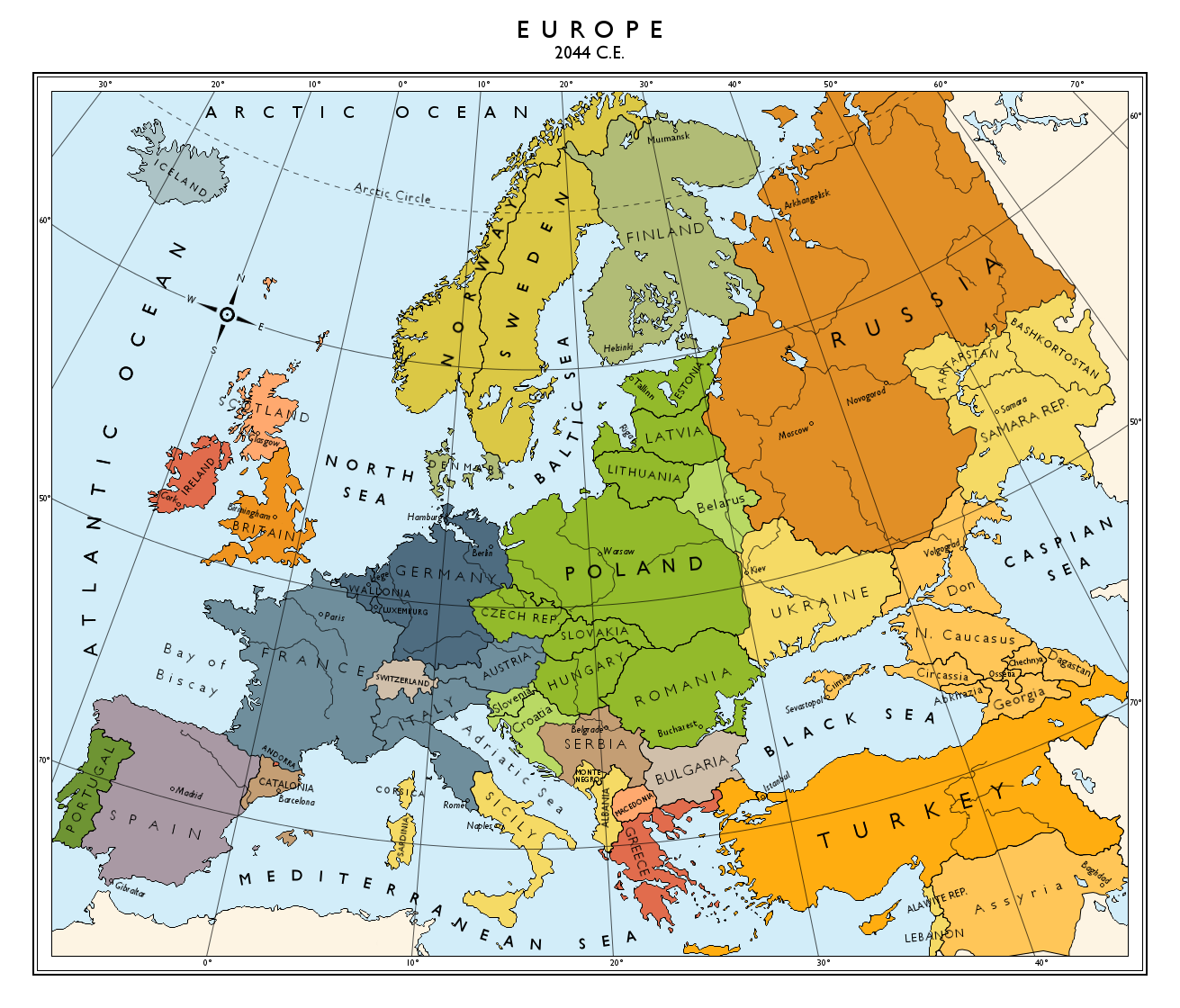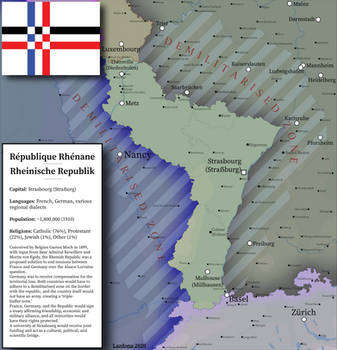ShopDreamUp AI ArtDreamUp
Deviation Actions
Suggested Deviants
Suggested Collections
You Might Like…
Featured in Groups
Badge Awards
assyriabalkansbalticbelarusbelgiumbritishcataloniacatlandenmarkempireempiresestoniaeueuropeeuropeanfinlandfrancegeorgiagermanygreecehungaryicelanditalylebanonnorwayottomanpolandrussiarussiansamaraseparatismserbiasicilyspainswedenturkeyturkishukrainewalloniawarsnordics2044tartarsalawiteintermariumtartarstandagastanalternateuniversebritaineuropeanunionfuturefuturismindependencelithuanialuxembourgmapmapsottomanempirescotlandscottishsecessionseparatistwarfuturehistory
Description
For a generation, the world had grown accustomed to the retreating coastlines that came about after the loss of the South Greenland Ice Sheet and the progressive melting of Antarctica's glaciers. The richest cities stood protected by great sea walls, and populations had adjusted to the reality of the changing climate. In 2041 sea levels reach their peak of just under of 30 meters above pre-Anthropocene levels, leaving all but a handful of the Earth's greatest cities lost beneath the waves, while only the hearts of once great megalopolises survived. In Europe, the rising tide was just another problem piling onto Western Europe's slow decline.
As the planet continued to warm and sea levels rose, the Atlantic Hurricane Season grew longer and more severe. The peak of this was during the summer of 2043 when a series of Atlantic hurricanes damage or destroy many of Europe and America's last remaining sea walls. The US capitol was temporarily relocated to Columbus, Ohio; Billions of dollars in Fishing industry equipment was destroyed across the Atlantic, and the British Isles saw the collapse of the London, Belfast, Norfolk, and Dublin Sea Walls. The flooding of those cities killed 1.5 million people in either the evacuation or the actual collpase, those that survived were left with few areas to flee in their own countries, resulting in mass migrations to Europe and North America. Those that were left behind faced an increasingly unstable situation. By 2044 the British military and police were desperate to control the flood of refugees out of London and the Eastern Midlands. Scotland, functionally an autonomous region for a generation, was all but ignored by the relocated government in Birmingham in their effort to manage the storm of refugees. After seeing reports of millions of displaced English citizens building camps that left industry and farmland unable to be rebuilt, Scotland voted to close its borders and formally declared independence. While the Prime Minister screamed in Birmingham, many were secretly relieved to let the Scots deal with the resettlement of their own refuges from Edinburgh on their own. Ireland reunified after Irish forces rushed to the aid of Northern Ireland when Belfast and much of the North west left a brackish marsh after the Great Storm; the United Kingdom was left to come to terms with the fact that they could not save the Union that had stood since King James I.The European Union scrambled to deal with the displacement of the bulk of the populations of Flanders and the Netherlands flooding into Wallonia and Germany. The currency union and drastically shunk since its hayday in the 2000s, and the Free Trade Zone was not much larger. With Germany already dealing with millions of its own displaced citizens, and the Walloons packed to the gills with Flemish refugees, France agreed to reopen their borders and take in as many Flemish and Walloon refugees as they could hold, secretly grateful for the influx of French speaking workers. In the East the Visegrad Group saw relatively little displacement of its population thanks to the rocky high coasts that defined the Baltic Sea. In many ways the flooding did the Polish led bloc a favor by formally defining the border with Russia in the Baltic along the new Ingria Sea. Russia was not so fortunate as St. Petersburg's population was cleaved in half, with millions functionally residing inf Finland, and the rest scrambling to resettle in the Russian core. Denmark, a Polish and American ally, received significant aid from both powers in a bid to maintain easy access to the Atlantic for the Poles. An emergency summit in Helsinki was called to organize the resettlement of Danish citizens in the ethnically Danish Scania region of Sweden, and transfer the territory to the Danes. Sweden agreed to sell the territory to the Danes, a sum that was paid largely with Polish Zlots.
Of all the countries effected by the Summer of Storms, Turkey arguably benefited the most. While the rising tide did destabilize the North Caucasus, it encroached on the Samara Republic's critical farmland and coastal fishing villages in the Caspian Sea, leaving the Junta to look for new allies as it faced food shortages. Turkey pushed its military north to capture the North Caucasus and the Don Republic, securing its position in the Russian Heartland, and finally creating a staging point against Polish ambitions in Ukraine. The Islamic-Russian states took this show of force as a show that the Turks really were the horse to back in the race for Russia. The Treaty of Kazan effectively turned the Caspian Sea into a Turkish lake, leaving on the Iranians with a position that the Turks did not control. The US-Polish alliance took this move into Russia as a serious provocation, and demanded the Turks retreat back into the Caucasus. Washington (well, Columbus at this point) and Istanbul's once fruitful alliance was functionally torn asunder when Turkey positioned its troops in Volgograd.
Image size
1311x1120px 582.75 KB
© 2015 - 2024 YNot1989
Comments131
Join the community to add your comment. Already a deviant? Log In
Interesting new global map and global order.





































